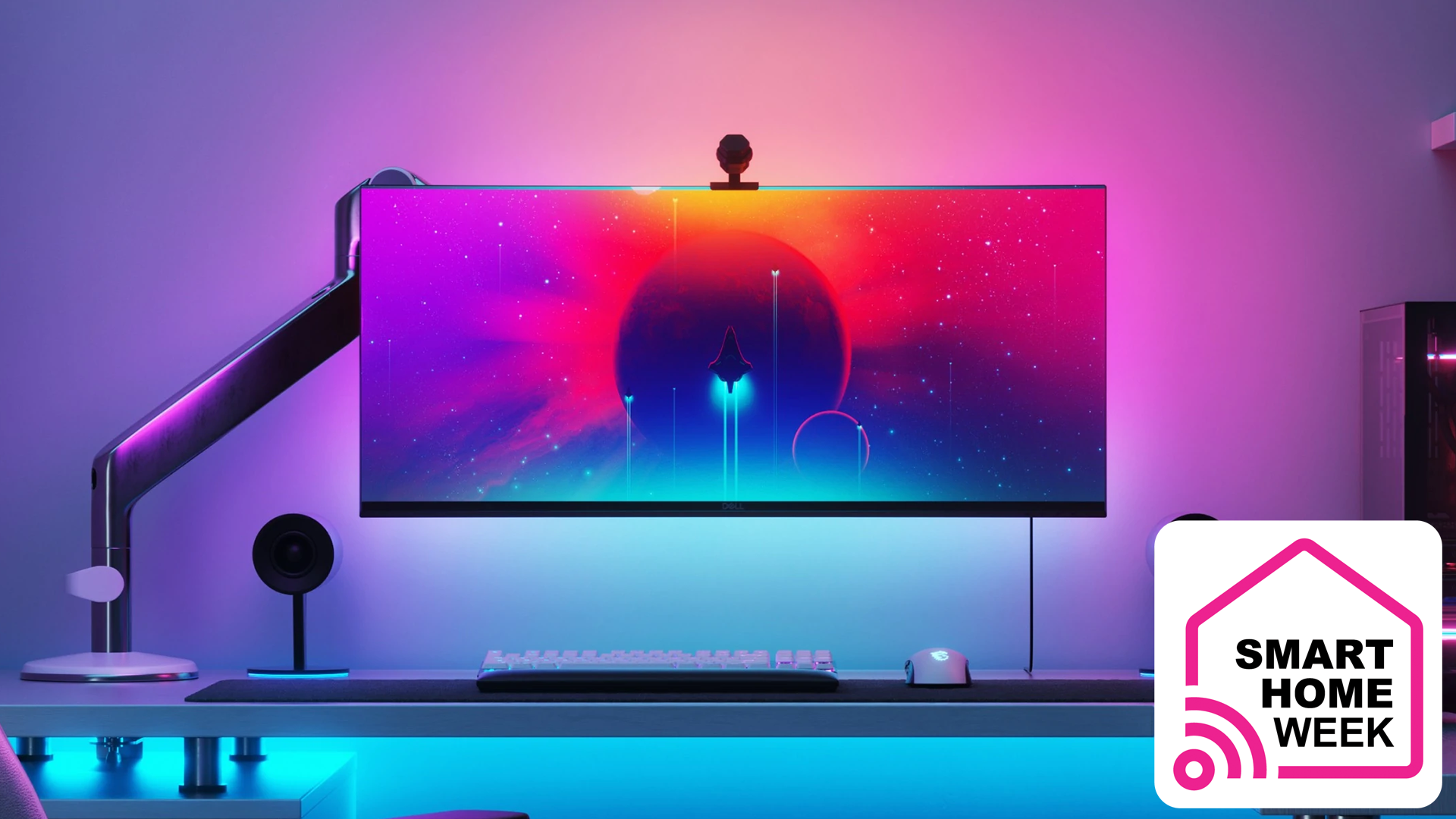"We need something that's actually useful" Nanoleaf's Gimmy Chu talks smart home AI, and prioritizing function over just being cool
Immersive entertainment is just the first step

One thing I’ve learned from working at TechRadar for over three years is that there’s so much awesome tech out there. And right now one of the most interesting (and equally terrifying) advancements we’re seeing a lot of is artificial intelligence.
There are Ray-Ban sunglasses that can take pictures and answer questions using AI; there are AI-controlled grills from Brisk It that can cook your BBQ meats for you with very little human involvement; and the Earzz listening device uses AI to alert you to everything from your doorbell to a baby crying.
And while some AI tech is genuinely useful for people, other gadgets (like the continually controversial Rabbit R1) have shown us that cool doesn’t mean it’ll improve your life in a meaningful or even trivial way.
Nanoleaf CEO Gimmy Chu is more than aware of this as his smart lighting company investigates how the new AI-powered frontier will modify our relationship with smart home technology.

“The vision of smart home has always been Iron Man and Jarvis. You have this super intelligence actually controlling stuff for you – instead of what you have today, which is just basic voice commands."
“As AI continues to evolve we’re already starting to see how it can be used to control different things around your home, but we’re at the every beginning of that,” with Chu going on to add, “What’s important is that we make sure it’s something that’s actually useful for customers.”
So, while Nanoleaf is certainly exploring applications of AI in its products, for Chu, the main focus has been more immediate practical enhancements like immersive entertainment that users can enjoy right now.
Sign up for breaking news, reviews, opinion, top tech deals, and more.
What’s next for Nanoleaf?

This approach began with its Nanoleaf 4D system, which is an affordable alternative to Philips Ambilight that has a strip of lights behind your TV glow with the saw hues of what’s on-screen – best of all, it can sync with your other Nanoleaf lights to maximize the immersiveness.
More recently, it’s expanded into music syncing software to create real-time audiovisual experiences via services like Orchestrator and using in-built microphones in some of its hardware. Chu even excitedly promised that we’ll be seeing some exciting announcements in this specific space “in the coming months.”
Nanoleaf is also moving outside of the home with Matter-compatible outdoor string lights. They offer both white and multi-colored lighting options, and while they’re currently mains-powered, I couldn’t help but feel that a future iteration might return to Nanoleaf’s roots in solar power.
Chu explained to me that Nanoleaf founders had initially met through the University of Toronto’s Solar Car team and started life as a company focused on solar power before pivoting to lighting. While he wouldn’t conform or deny that solar power lights were on the cards, he admitted that “it’s definitely something that we have expertise in.”
Function over mere fashion

Much like AI-’enhanced’ tech, Chu’s advice of putting practical uses ahead of simply being cool is an approach that should be applied by other smart home gadget manufacturers – and something we could all think about more carefully when weighing up what we purchase, especially as we head into sales events like Amazon Prime Day 2024 where smart home gadgets of varying usefulness will see their prices slashed.
That's not to say it's not sometimes fun to splash out on superfluous gadgets, but I'm sure there are times we can all think of when we wish we'd thought a little harder before hitting buy now.
A recent example for me is a video doorbell upgrade I bought for my home. It certainly has its uses - such as phone alerts, meaning I never miss when someone is at my door, and a little added security from the ever-vigilant camera – but if I’m honest, a non-video doorbell might have served me better. Its placement doesn’t have the best view, so I’m confident I should have gone with a separate camera from the doorbell, even if this solution isn’t quite as ‘cool.'
You might also like

Hamish is a Senior Staff Writer for TechRadar and you’ll see his name appearing on articles across nearly every topic on the site from smart home deals to speaker reviews to graphics card news and everything in between. He uses his broad range of knowledge to help explain the latest gadgets and if they’re a must-buy or a fad fueled by hype. Though his specialty is writing about everything going on in the world of virtual reality and augmented reality.